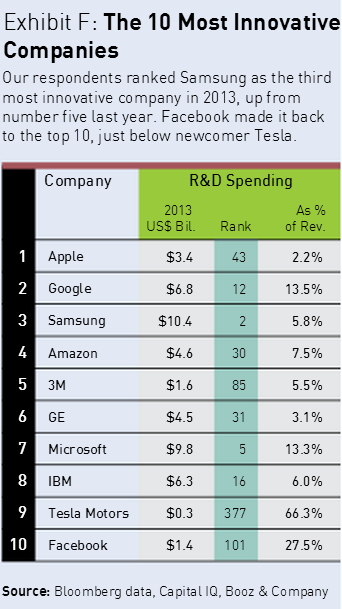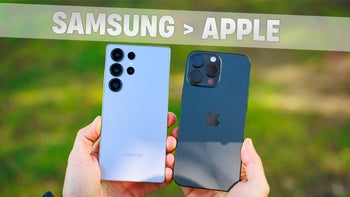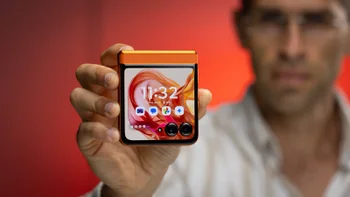A hazy preface
A report out of Booz & Co has taken up the task of mapping the top 1000 companies that spend the most on innovation in what it calls the Global Innovation 1000. The word “innovation” is a pretty elusive term nowadays – we all want it, but we often don't recognize the hurdles involved, and what it actually takes. Such hurdles, as you can guess, are mostly alleviated with money. Lots and lots of money, that companies spend on what often turn out to be dead-end projects, or simply new knowledge and tech that are occasionally way before their time and are therefore put into hibernation mode until a proper application is found. This means that an obscene amount of money is churned into R&D departments across companies with the hope that in the long-term, the investment may end up paying for itself. A parallel that may not be particularly apt, but is sure to instigate your imagination would be the idea of paying now for the latest iPhone or Samsung phone with the promise that it may or not may not reach your door 5, 10 or 20 years from now. That's actually outrageous, most of us would feel very much under the weather at the mere thought that, say the Nexus 5, will be delayed by even a month.
Random musings away, much of the mobile industry, the very reason Internet corners like PhoneArena exist, has been led by innovation for the last decade or so. Unfortunately, annoyingly persistent universal laws, like the one of diminishing returns, assert that the more we innovate, the harder it is to continue in the same stride. This, once again, means an ever increasing amount of resources, both money and human, has to be allocated to the task if any one company is hoping to keep up. For this reason, undertakings such as Global Innovation 1000 by Booz & Co are pretty essential, to put it plainly. In fact, in my humble opinion, these charts receive way too little attention from the everyday consumer, despite them being vital across industries.
What will we do without numbers?
Anyway, nice talk, but you're probably itching to hear who these brave companies are and exactly how much did they dole out so that we can have flexible screens, wearables and whatever it is that the future holds. At the top (2nd overall) of the R&D spending chart, at least as far as the mobile industry is concerned, is Samsung with $10.4 billion, or 5.8% of its total revenue. Sammy has been a real trooper in this particular category, though you will be served well to remember that the South Korea-based consumer electronics giant is involved in more than a few different industries. Trailing not far behind are Intel (4th) and Microsoft (5th) with $10.1bn and $9.8bn respectively. Next up is Google, though it should be noted that 2013 is the year that the marked the Internet giant's first entry into Top 20 territory. That's thanks to a 31.6% increase on year in R&D spending, up to $6.8bn – nice going, Google! At the bottom of the Top 20 chart, we have Nokia ($6.1bn, down 14.4%) and Sony with $5.7bn and a healthy 9.7% increase. Overall, the top 1000 most innovative companies (by spending, at least) contributed a whopping $638bn, $159.2bn of which courtesy of our Top 20.
These, of course, are just numbers, and there's an argument to be made that a dollar for one company doesn't necessarily equal the potentially more innovative dollar of another. Obviously, this is all marred in a bog of bias and perception. Speaking of which, in order to make the report complete, Booz & Co have also surveyed consumers, asking them to identify the most innovative company as they see it. Unsurprisingly, Apple is at the very top, and that's probably fair, seeing as Cupertino is also a big R&D spender with $3.4bn invested in 2013. Google, Samsung and Amazon, respectively, take up the next 3 slots, and we also have Microsoft (7th) and Facebook (10th).
Where now? What now?
A few things in the new report are strikingly on target. First off, there's simply no denying that the mobile industry is currently at the forefront on more than just innovation, but also in a social and economical sense. The former is showcased with the industry taking the biggest share of the innovation cake, while the latter is plainly obvious from the presence of 7 out of the 10 companies that we see as most innovative being engaged with the mobile industry in one way or another.
“The Importance of Being Bold”, that's how Booz & Co are concluding their report. But it's not all about taking on daring investments, rather, their studies summarize a simple fact: a major success criteria for companies has consistently been rooted in listening to your customers and what they have to say. And if one company is unwilling to, or is doing a shabby job of it, chances are that at least some of its competitors are doing the very opposite.
As Salesforce's Bill Blau puts it, “The pace of business today does not allow for years to go by. If you're not innovating now, you're going to die, quickly”.
reference:
Booz & Co















Things that are NOT allowed:
To help keep our community safe and free from spam, we apply temporary limits to newly created accounts: